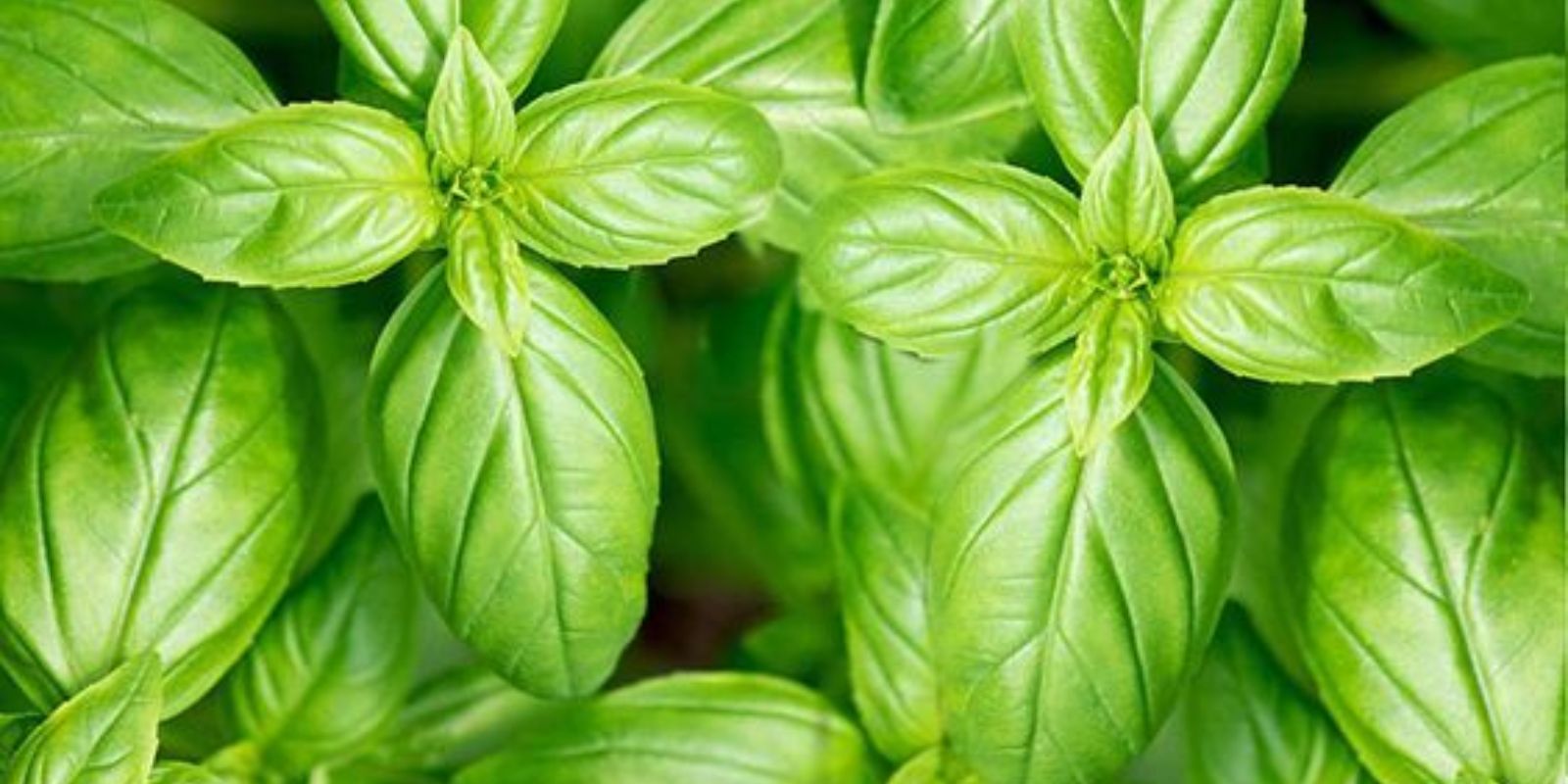Introduction
Basil, with its aromatic leaves and culinary versatility, is a beloved herb in gardens and kitchens worldwide. However, the success of growing basil hinges significantly on where it is planted. This article delves into the art of selecting the optimal location for basil to ensure robust growth, vibrant foliage, and abundant harvests. Whether you’re a seasoned gardener or a novice enthusiast, understanding these principles can elevate your basil-growing experience to new heights.
The Importance of Choosing the Right Location
Choosing the right location for planting basil can make a world of difference in its growth and health:
- Sunlight: Basil thrives in full sunlight, requiring at least 6 to 8 hours of direct sunlight daily. Adequate sunlight promotes photosynthesis and enhances the production of essential oils that give basil its flavor and aroma.
- Soil Drainage: Basil prefers well-drained soil to prevent waterlogging, which can lead to root rot and other issues. Good drainage ensures that the roots receive sufficient oxygen and nutrients for healthy growth.
- Protection from Wind: Basil’s delicate leaves can be damaged by strong winds. Planting basil in a sheltered location or providing wind protection helps maintain the integrity of its foliage and promotes steady growth.
- Watering: Basil plants prefer consistently moist soil but should not be waterlogged. Proper watering practices contribute to lush foliage and robust growth without compromising root health.
Steps to Optimal Basil Planting
Let’s explore the essential steps to planting basil in the best possible location:
1. Selecting a Sunny Spot
Basil thrives in warm, sunny conditions. When choosing a spot for planting:
- Direct Sunlight: Ensure the location receives 6 to 8 hours of direct sunlight daily, preferably in the morning and early afternoon.
- Indoor Options: For indoor basil, place pots near south-facing windows to maximize sunlight exposure.
2. Preparing the Soil
Prepare the soil to create a favorable environment for basil:
- Well-Drained Soil: Amend garden soil with organic matter like compost to improve drainage and nutrient retention.
- Container Gardening: Use well-draining potting mix for container-grown basil to prevent waterlogging.
3. Providing Wind Protection
Protect basil from strong winds, which can damage its delicate leaves:
- Natural Barriers: Plant basil near fences, walls, or taller plants that can provide natural windbreaks.
- Container Placement: Position containers in sheltered areas or use stakes and trellises to shield basil from wind.
4. Proper Watering Techniques
Maintain optimal soil moisture levels to support basil’s growth:
- Consistent Moisture: Water basil plants regularly to keep the soil evenly moist, especially during hot weather.
- Avoid Waterlogging: Ensure pots have drainage holes and avoid overwatering to prevent root rot.
5. Harvesting for Growth Promotion
Regular harvesting is essential for promoting bushy growth and prolonging basil’s productivity:
- Pinch Pruning: Pinch off the top leaves regularly to encourage branching and prevent flowering, which can affect flavor.
- Continuous Harvest: Harvest basil leaves as needed, starting from the top of the plant, to stimulate new growth.
Success Stories and Practical Applications
Gardeners worldwide have shared their experiences and strategies for successfully growing basil:
- Kitchen Gardens: Home gardeners cultivate basil near kitchen windows or outdoor kitchens for easy access to fresh herbs.
- Herb Companion Planting: Basil’s aromatic properties make it an ideal companion plant for tomatoes, peppers, and other vegetables, enhancing flavor and deterring pests.
- Community Gardens: Basil is a popular choice in community gardens, where its versatility and culinary value enrich shared spaces and meals.
Tips for Growing Basil Indoors and Outdoors
Whether you’re growing basil indoors or outdoors, consider these tips for optimal results:
- Indoor Basil: Rotate pots periodically to ensure even sunlight exposure. Monitor humidity levels to prevent fungal issues.
- Outdoor Basil: Mulch around basil plants to conserve moisture and regulate soil temperature. Monitor for pests like aphids and caterpillars.
Environmental and Personal Benefits
Beyond its culinary appeal, growing basil in the right location offers numerous benefits:
- Sustainable Gardening: Using homegrown herbs reduces reliance on store-bought produce and supports sustainable living.
- Health Benefits: Fresh basil is rich in vitamins and antioxidants, adding nutritional value to meals and promoting well-being.
- Educational Value: Teaching children and newcomers about basil cultivation fosters appreciation for gardening and healthy eating habits.
Conclusion
Selecting the best location for planting basil is a fundamental step toward cultivating healthy, productive plants that enhance your garden and culinary creations. By providing adequate sunlight, well-drained soil, wind protection, and proper watering, you can ensure that your basil thrives and continues to yield aromatic leaves for culinary delights. Whether you grow basil in a garden plot, raised beds, or pots on your windowsill, the rewards of nurturing this versatile herb are plentiful and satisfying.
Embrace the art of basil cultivation in your garden and kitchen, and explore the joy of harvesting fresh leaves for pesto, salads, and more. Share your experiences with fellow gardeners and celebrate the flavors and fragrances of homegrown basil. Happy planting and happy cooking!

